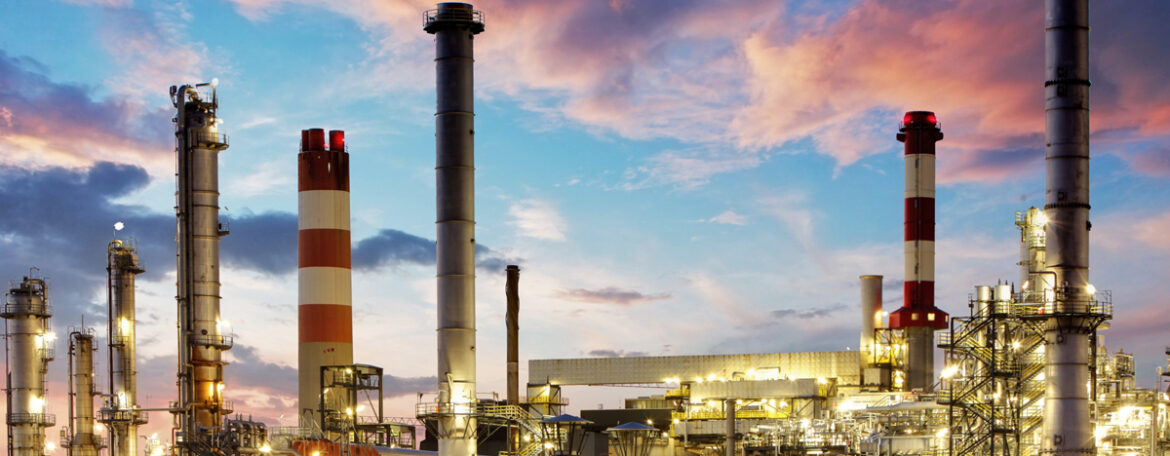What is an oil refinery?
An oil refinery or petroleum refinery is an industrial process plant where petroleum (crude oil) is transformed and refined into products such as gasoline (petrol), diesel fuel, asphalt base, fuel oils, heating oil, kerosene, liquefied petroleum gas and petroleum naphtha
It is a large industrial complex that transforms crude oil into useful petroleum products, such as liquefied petroleum gas, gasoline, kerosene, jet fuel, diesel oil, and fuel oils.
Petrochemical feedstock like ethylene and propylene can also be produced directly by cracking crude oil without the need of using refined products of crude oil such as naphtha. The crude oil feedstock has typically been processed by an oil production plant. There is usually an oil depot at or near an oil refinery for the storage of incoming crude oil feedstock as well as bulk liquid products. In 2020, the total capacity of global refineries for crude oil was about 101.2 million barrels per day.
Oil refineries are typically large, sprawling industrial complexes with extensive piping running throughout, carrying streams of fluids between large chemical processing units, such as distillation columns. In many ways, oil refineries use much of the technology and can be thought of, as types of chemical plants. Since December 2008, the world’s largest oil refinery has been the Jamnagar Refinery owned by Reliance Industries, located in Gujarat, India, with a processing capacity of 1.24 million barrels (197,000 m3) per day.
Oil refineries are an essential part of the petroleum industry‘s downstream sector
History of oil refineries
– The refining of crude petroleum began after the discovery of “rock oil” in northwestern Pennsylvania.
– The earliest refineries employed simple distillation units to separate the various constituents of petroleum.
– The development of the internal-combustion engine in the late 19th century created a demand for crude naphtha.
– The development of the automobile at the turn of the century sharply increased the demand for quality gasoline.
Petroleum Refining Processes
– Crude Oil Distillation unit: Distills the incoming crude oil into various fractions for further processing in other units.
– Vacuum distillation unit: Further distills the residue oil from the bottom of the crude oil distillation unit.
– Naphtha hydrotreater unit: Uses hydrogen to desulfurize the naphtha fraction from the crude oil distillation or other units within the refinery.
– Catalytic reforming unit: Converts the desulfurized naphtha molecules into higher-octane molecules to produce reformate, which is a component of the end-product gasoline or petrol.
– Alkylation unit: Converts isobutane and butylene into alkylate, which is a very high-octane component of the end-product gasoline or petrol.
Refining End-Products
The primary end-products produced in petroleum refining may be grouped into four categories:
– Light distillates: Liquefied petroleum gas, gasoline, naphtha.
– Middle distillates: Kerosene oil, automotive and rail-road diesel fuels, residential heating fuel, other light fuel oils.
– Heavy distillates: Heavy fuel oils, wax, lubricating oils, asphalt.
– Other useful end products: Coke (similar to coal), elemental sulfur.

